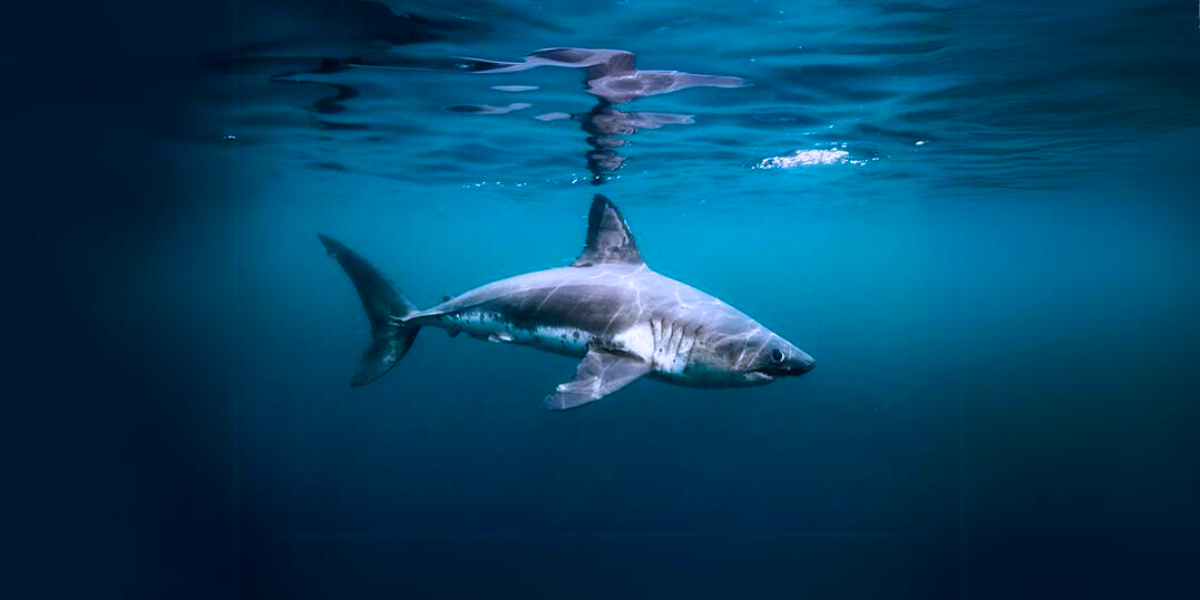
Sharks may not be the first thing that comes to mind when thinking about Alaska’s marine wonders, but these fascinating creatures play a crucial role in our ocean’s delicate balance. As we celebrate Shark Week, it’s important to remember that while documentaries often portray sharks as "monsters" or "man-eaters," they are actually essential to our ecosystem and should be respected rather than feared.
Sharks are more than just formidable predators; they are guardians of our North Pacific waters. Here in Alaska, they help regulate prey populations, keeping our marine ecosystems healthy and diverse. Their presence ensures a balanced food chain, impacting everything from fish populations to ocean health.
Sharks Found in Alaska:
-
Salmon Shark (Lamna ditropis):
- Length: Up to 10 feet
- Lifespan: Estimated up to 20-30 years
- Diet: Predominantly feeds on salmon and squid
- Range: North Pacific Ocean
- Fun Fact: Salmon sharks are one of the few shark species known to be warm-blooded, allowing them to maintain body temperatures higher than the surrounding water.
-
Spiny Dogfish (Squalus suckleyi):
- Length: Typically 3 to 4 feet
- Lifespan: Around 20-30 years
- Diet: Feeds on small fish, squid, and crustaceans
- Range: Worldwide in temperate and subarctic waters
- Fun Fact: Spiny dogfish are one of the most abundant shark species in the world and are known for their defensive spines near their dorsal fins.
-
Pacific Sleeper Shark (Somniosus pacificus):
- Length: Up to 14 feet
- Lifespan: Estimated to live over 30 years
- Diet: Scavenges on fish, squid, and carrion
- Range: Deep waters of the North Pacific Ocean
- Fun Fact: Pacific sleeper sharks are known for their slow swimming speeds, but they can surprise prey with sudden bursts of speed when hunting.
-
Greenland Shark (Somniosus microcephalus):
- Length: Up to 24 feet
- Lifespan: Among the longest-lived vertebrates, up to 400 years or more
- Diet: Primarily fish, seals, and carrion
- Range: Deep, cold waters of the North Atlantic and Arctic Oceans
- Fun Fact: Greenland sharks have a slow growth rate and mature late in life, with some individuals not reaching sexual maturity until they are over 100 years old.
-
Basking Shark (Cetorhinus maximus):
- Length: Second-largest living fish, can reach over 30 feet
- Lifespan: Estimated up to 50 years
- Diet: Filter-feeder, consuming plankton and small fish
- Range: Temperate and cold waters worldwide
- Fun Fact: Basking sharks are gentle giants and are known for their habit of swimming near the surface with their mouths wide open to filter-feed, resembling basking in the sun.
You can play a crucial role in shark conservation right here in Alaska. If you spot a salmon shark, reporting your sighting to the Alaska Department of Fish and Game (ADFG) helps scientists track their movements and better understand their behavior. If you’re on a longline boat and catch a large shark, reporting it to NOAA contributes valuable data to ongoing research efforts.
Sharks are not just creatures of myth and misconception; they are vital to our oceans and deserve our protection. Join us in celebrating Shark Week by learning more about these incredible creatures and together, we can promote a deeper understanding and appreciation for sharks and their critical role in Alaska’s marine ecosystems.
Report a salmon shark sighting to ADFG: 907-267-2180 or sabrina.garcia@alaska.gov
Become part of the Large Shark EM Project or report a large shark catch to NOAA: https://sites.google.com/view/emsharkproject/home
